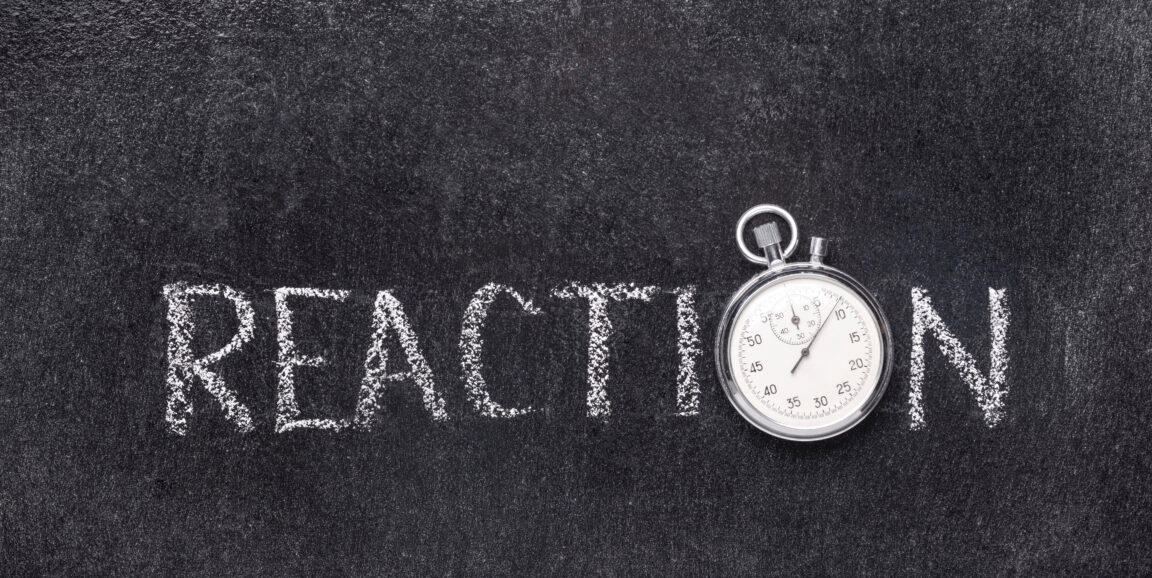Human beings who react to a stimulus with movement (say, react to a hot stove by moving their hand) can't do so instantaneously. Some neural processing must occur beforehand, accounting for the gap between the moment when a racecar driver hears "GO!" and the moment when his foot hits the gas pedal (the gap between "planning" and "execution" of movement). Historically, scientists who have theorized about what that neural processing looks like have come up with something resembling the current "rise-to-threshold" hypothesis:
- Person anticipates "go" signal. The anticipation ("planning") causes neurons to begin firing--not enough to cause movement, but enough to prep for it.
- Person receives "go" signal (pain from hot stove, gunshot signifying beginning of race). Neurons fire like crazy, initiating motion ("execution").
By this commonsensical reasoning, the more anticipatory neuron action goes on before the "go" signal, the quicker a person will move in response to that signal.
Stanford researchers led by Krishna Shenoy, PhD, and Maneesh Sahani, PhD, however, have now successfully used a new technology to monitor individual neurons' activity in real-time, allowing them to take a much more in-depth look at reaction times. Their findings, which appear in Neuron, contradict the "rise-to-threshold" hypothesis, offering for the first time a look into why individuals' reaction times vary.
According to the release, reaction time has little to do with how long the "planning" period lasts, and a lot to do with the trajectory of the neural activity in the brain. The concept is fairly simple: the closer the neurons that fire during planning are to the neurons that must fire to initiate execution, the shorter the reaction time. The Stanford team was able to create a highly accurate model of what the reaction of any arm motion would be based on the accompanying neural activity.
Shenoy and Sahani hope their findings will help improve existing "neural prostheses" - that is, moving pieces such as artificial limbs or computer cursors that could be manipulated by the brain. These devices would be extremely useful for amputees and paralytics.
Photo by Yury Zap




